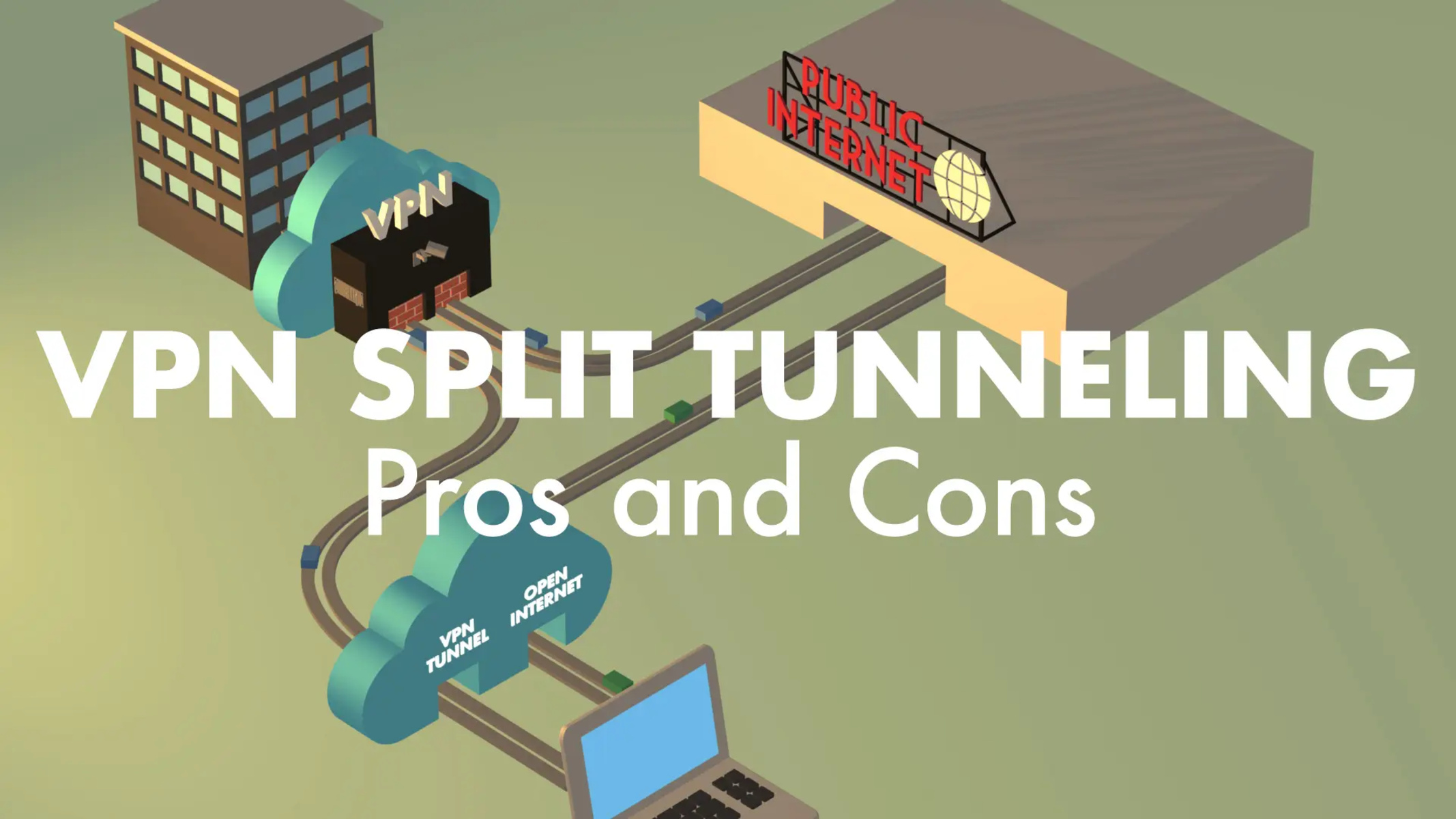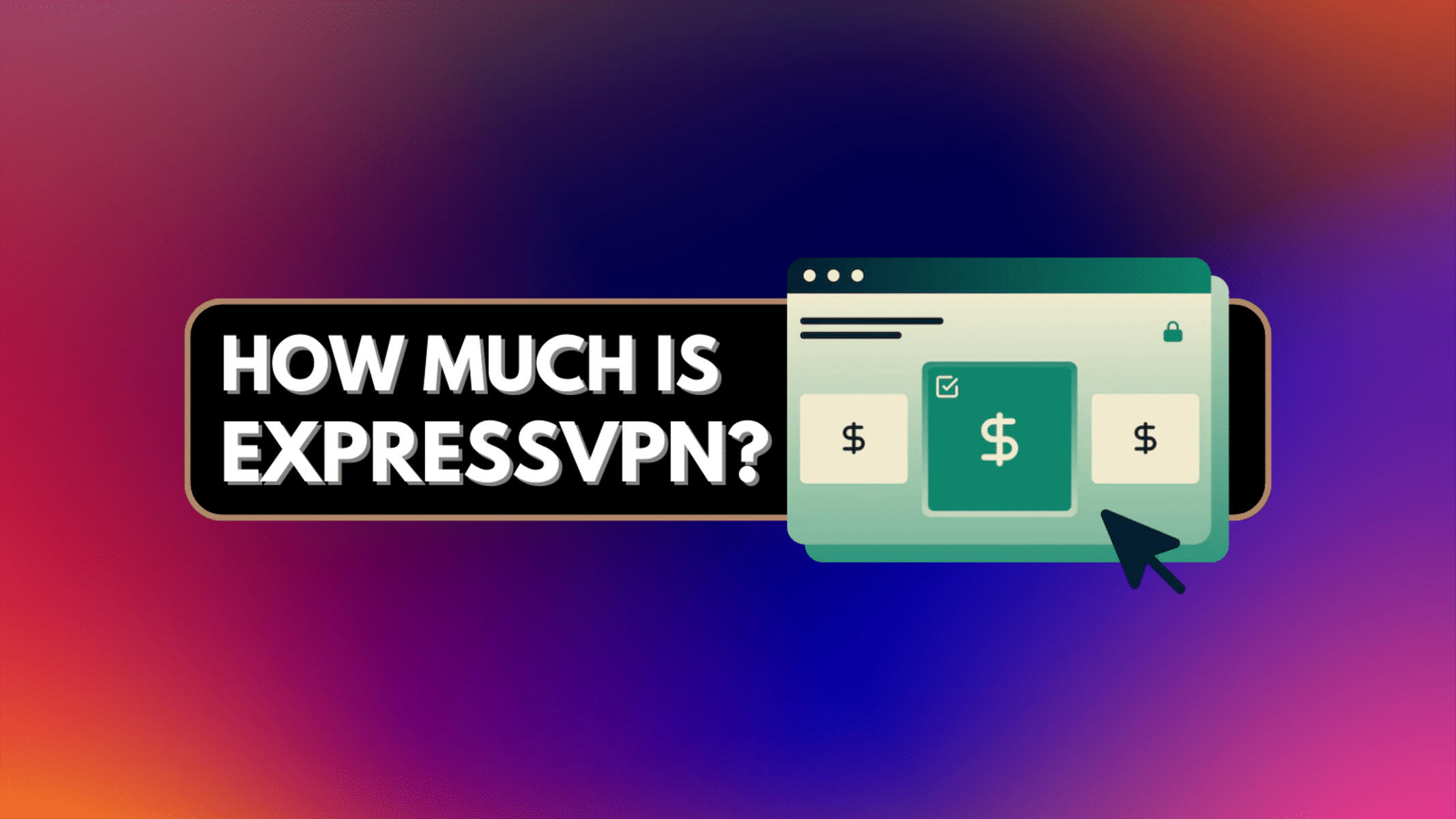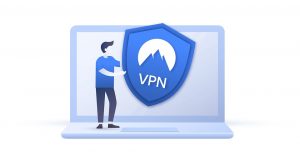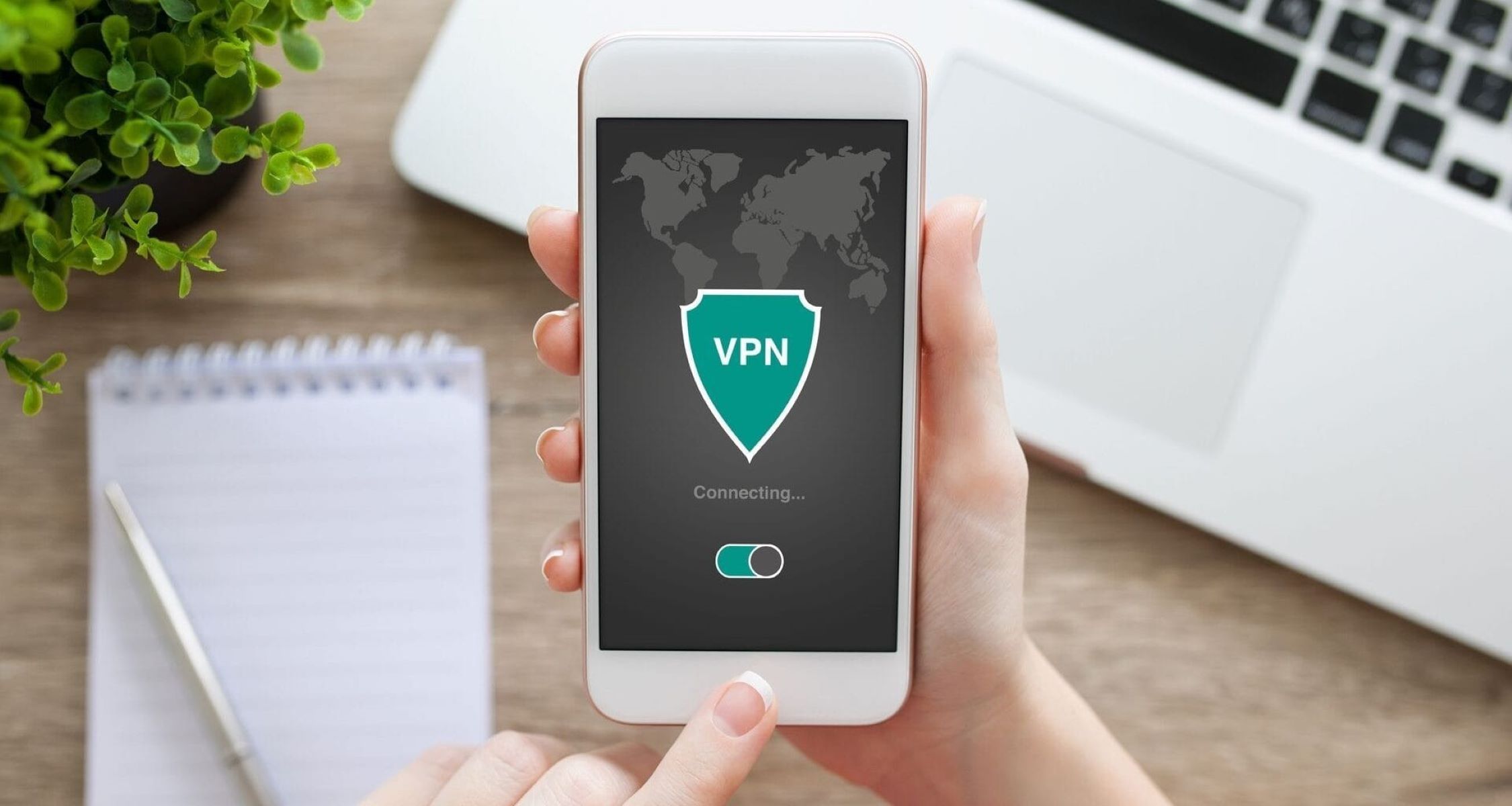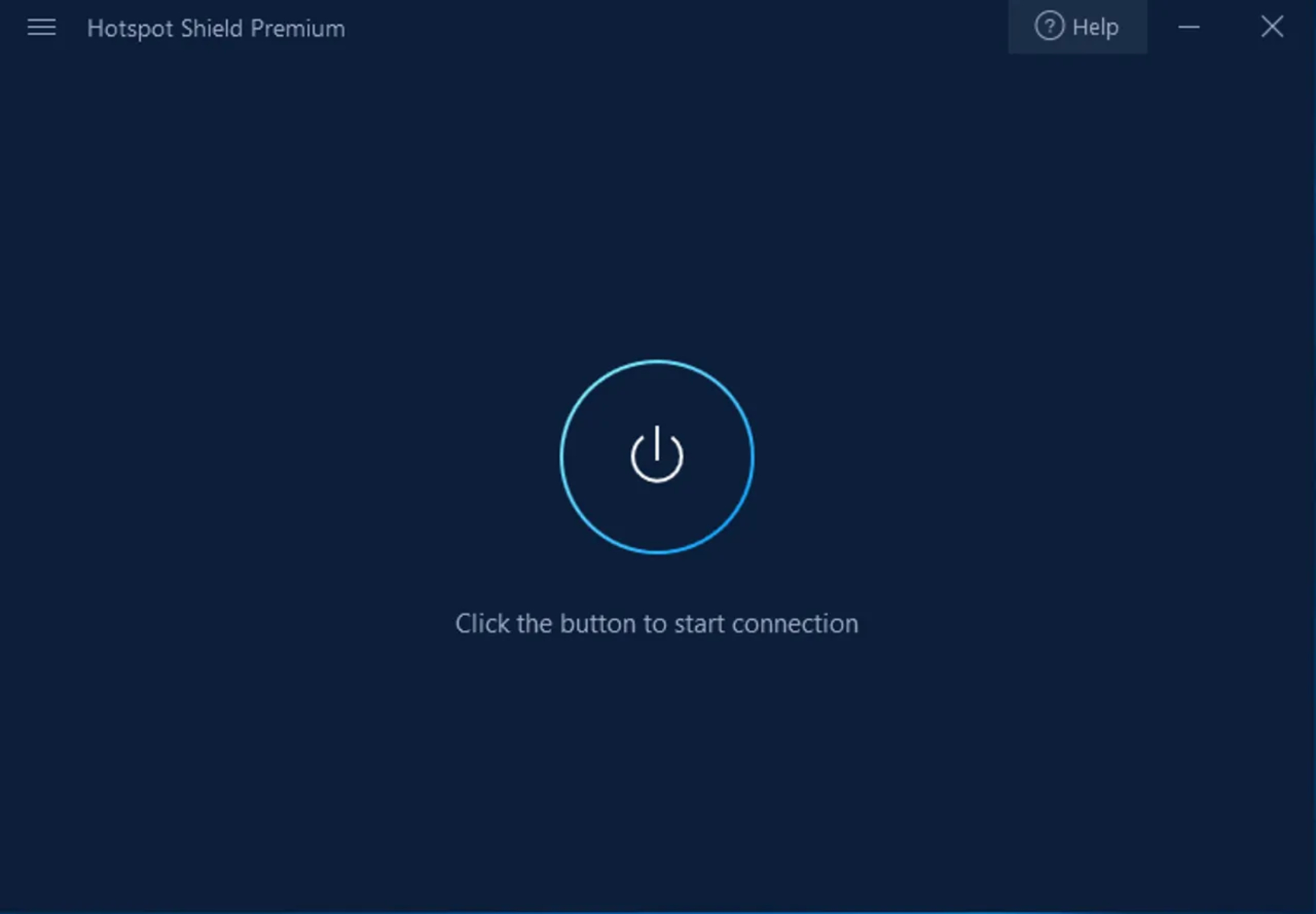Introduction
A Virtual Private Network (VPN) is a powerful tool that allows users to securely connect to the internet and protect their online privacy. By providing a secure, encrypted connection between the user’s device and the internet, a VPN creates a private network that shields their data from prying eyes. However, traditional VPN setups route all internet traffic through the VPN server, which can sometimes lead to slower speeds and unnecessary data usage. This is where split tunneling comes into play.
Split tunneling is a feature offered by some VPN providers that allows users to selectively route their internet traffic through either the VPN server or directly to the internet. With split tunneling enabled, users have the ability to choose which applications or websites should use the VPN connection while allowing others to bypass it.
The concept behind split tunneling is simple – it allows users to divide their internet traffic into two separate paths. The first path, through the VPN, ensures that sensitive or confidential data is encrypted and protected. The second path, outside the VPN, allows users to access local resources, interact with local devices, and enjoy faster internet speeds for non-sensitive activities.
By offering this option, split tunneling gives users more control over their online activities and allows them to tailor their VPN usage to their specific needs. Whether it’s streaming media, online gaming, or accessing banking services, split tunneling provides a flexible solution that combines security and convenience.
In the following sections, we will explore in more detail how split tunneling works, the benefits it brings, as well as the drawbacks to consider. Additionally, we will provide instructions on how to enable split tunneling on various devices and highlight some popular applications that support this feature.
What is a VPN?
A Virtual Private Network (VPN) is a technology that establishes a secure connection between a user’s device and the internet. It allows users to browse the internet, access online services, and transmit data securely, as if they were connected to a private network, even when using public Wi-Fi or other unsecured networks.
When a user connects to a VPN server, their internet traffic is encrypted and routed through an encrypted tunnel. This encryption protects their data from being intercepted or accessed by third parties, such as hackers, government surveillance agencies, or internet service providers (ISPs).
In addition to data encryption, a VPN also hides the user’s IP address. Instead of using their own IP address, which can reveal their geographical location and personal information, the user is assigned an IP address from the VPN provider’s server. This allows users to browse the internet anonymously and bypass geo-restrictions, giving them access to content and services that may otherwise be unavailable in their location.
Furthermore, VPNs provide an extra layer of security when using public Wi-Fi networks. These networks, commonly found in coffee shops, airports, or hotels, are often unsecured and susceptible to eavesdropping or data theft. By using a VPN, users can protect their sensitive information, such as passwords, credit card details, and personal messages, from being intercepted.
VPN technology has gained popularity not only for its security benefits but also for its ability to overcome censorship and internet restrictions. In countries where internet access is heavily controlled or restricted, users can use VPNs to bypass these limitations and access the open internet. Journalists, activists, and individuals seeking to protect their online privacy often rely on VPNs to safely access and share information without fear of censorship or surveillance.
Overall, a VPN provides users with privacy, security, and freedom when browsing the internet. It ensures that their online activities remain private and protected, allowing them to explore the internet without restrictions or concerns about their data being compromised.
How does split tunneling work?
Split tunneling is a feature that allows users to direct their internet traffic through two separate paths: one through the VPN server and another outside the VPN. By dividing the traffic, users can select which applications or websites should use the secured VPN connection and which ones should bypass it.
When a user enables split tunneling, they create a routing rule that determines how their internet traffic is handled. This rule can be based on various criteria, such as specific applications, IP addresses, or website domains. For example, a user may choose to route all their web browsing traffic through the VPN server for enhanced security, while allowing their streaming services or online gaming applications to bypass the VPN for improved performance.
When a user accesses an application or website that is included in the split tunneling rule, the traffic is routed through the VPN connection, encrypted, and then sent to the VPN server before reaching its destination on the internet. This ensures that the user’s data is protected and secured against potential threats.
On the other hand, when a user accesses an application or website that is excluded from the split tunneling rule, the traffic is sent directly to the internet without going through the VPN server. This allows for faster internet speeds and reduces the strain on the VPN server, as only selected traffic is routed through it.
Split tunneling provides users with the flexibility to prioritize their internet traffic based on their needs. By selectively choosing which traffic goes through the VPN and which traffic doesn’t, users can optimize their online experience, balancing security and performance.
It’s important to note that split tunneling is a client-side configuration, meaning it needs to be set up on the user’s device rather than being controlled by the VPN server. This allows users to have full control over which applications or websites are included or excluded from the VPN connection.
Typically, split tunneling can be configured through the VPN provider’s application or settings menu on the user’s device. However, it’s essential to choose a VPN provider that offers split tunneling functionality and ensures that the configuration is done correctly to maintain proper security and privacy.
Benefits of using split tunneling VPN
Using a split tunneling VPN offers several advantages for users looking to balance security and performance in their online activities. Let’s explore some key benefits of using split tunneling:
- Enhanced Security: One of the primary benefits of using split tunneling is the ability to prioritize security for specific applications or websites. By routing sensitive traffic through the VPN connection, users can ensure that their data is encrypted and protected from prying eyes. This is especially important when accessing online banking services, sending confidential emails, or using other applications that handle sensitive personal or business information.
- Improved Performance: Split tunneling allows users to bypass the VPN for certain applications or websites, resulting in faster internet speeds and reduced latency. Activities such as streaming media, online gaming, VoIP calls, or accessing local resources can benefit from the improved performance that comes with directly accessing the internet instead of going through the VPN server.
- Bandwidth Optimization: Split tunneling helps optimize bandwidth usage by diverting non-sensitive traffic away from the VPN. This means that bandwidth-intensive applications like video streaming or file downloads won’t consume VPN resources, leaving more bandwidth available for the secured VPN connections.
- Flexibility and Control: Perhaps one of the most significant advantages of split tunneling is the increased control and flexibility it provides to users. By allowing them to choose which apps or websites use the VPN connection, users can fine-tune their online experience based on their needs. They can balance security and performance by setting different rules for various applications, ensuring an optimal browsing experience while still enjoying the benefits of a VPN for the apps that require enhanced security.
- Bypassing Geo-Restrictions: Split tunneling enables users to access geo-restricted content while using a VPN. By excluding specific streaming services or websites from the VPN connection, users can bypass geographical restrictions and access content that may otherwise be blocked in their region. Whether it’s accessing region-specific streaming libraries or using local IP-restricted services, split tunneling allows users to enjoy a broad range of online content without sacrificing security.
In summary, using a split tunneling VPN provides users with enhanced security, improved performance, bandwidth optimization, flexibility, and the ability to bypass geo-restrictions. By selectively routing traffic through the VPN or bypassing it, users can enjoy the best of both worlds – a secure connection for sensitive activities and a fast, unencrypted connection for non-sensitive tasks.
Drawbacks of using split tunneling VPN
While split tunneling can offer significant advantages, it’s important to consider some potential drawbacks that come with using this feature. Here are a few considerations:
- Potential Security Risks: Split tunneling introduces the possibility of security vulnerabilities, especially if not appropriately configured. By allowing certain traffic to bypass the VPN, there is a higher risk of exposing sensitive data to potential threats. Malicious actors could potentially intercept or manipulate non-VPN traffic, potentially compromising privacy and security. It’s crucial to carefully set up and update the split tunneling rules to minimize these risks.
- Privacy Concerns: When using split tunneling, it’s important to be aware that some of your internet traffic will not be encrypted and protected by the VPN. This means that any data transmitted outside of the VPN tunnel could potentially be visible to your internet service provider (ISP), network administrators, or other parties monitoring the network. It’s essential to consider the nature of the applications or websites that will bypass the VPN and assess their privacy implications accordingly.
- Complex Configuration: Setting up and configuring split tunneling can be complex for some users, especially if they are not familiar with networking concepts or the specific VPN software they are using. It may require advanced technical knowledge to properly configure the split tunneling rules and ensure that traffic is correctly directed. Improper configuration could lead to unintended consequences, such as traffic leaks or improper protection of sensitive data.
- Fragmented User Experience: Split tunneling can lead to a fragmented user experience, with different applications or websites behaving differently depending on whether they are using the VPN or bypassing it. This may cause issues when accessing certain services that rely on consistent network connectivity or IP addresses. Users may need to troubleshoot or adjust their split tunneling rules to ensure smooth operation of all applications and services.
- Limited VPN Resources: Split tunneling can put an additional strain on VPN resources, especially when a large number of users are utilizing the service. VPN servers have a finite capacity, and allowing traffic to bypass the VPN can lead to inefficiencies in resource allocation. This may result in decreased performance for those applications or traffic that is routed through the VPN.
While split tunneling can be a beneficial feature, users should weigh these drawbacks against their specific needs and consider carefully whether it aligns with their desired level of security, privacy, and convenience.
How to enable split tunneling
Enabling split tunneling may vary depending on the VPN provider and the device you are using. However, the general steps involved are as follows:
- Choose a VPN Provider: Ensure that your chosen VPN service supports split tunneling. Not all VPN providers offer this feature, so it’s crucial to select one that meets your requirements.
- Install and Set up the VPN: Download and install the VPN software or app on your device. Follow the instructions provided by the VPN provider to set up your account and establish a connection to the VPN server. Make sure to configure and test the VPN tunnel thoroughly before proceeding to enable split tunneling.
- Access the VPN Settings: Once you have successfully connected to the VPN, access the VPN settings or preferences menu on your device. This usually involves locating the VPN client or application and accessing its settings or preferences section.
- Enable Split Tunneling: Within the VPN settings, look for the split tunneling option. Depending on the VPN client, it may be labeled as “Split Tunneling,” “Network Whitelisting,” or something similar. Enable the split tunneling feature.
- Configure Split Tunneling Rules: After enabling split tunneling, you will need to configure the rules for which applications or websites should use the VPN connection and which ones should bypass it. You can typically do this by adding specific applications, IP addresses, or website domains to a whitelist or blacklist within the split tunneling settings. Consult the VPN provider’s documentation or support resources for guidance on how to configure these rules effectively.
- Test and Verify: After configuring the split tunneling rules, test the settings to ensure they are working as expected. Verify that traffic from the whitelisted applications or websites is being routed through the VPN, while traffic from blacklisted entries bypasses the VPN. It’s essential to monitor your network activity and periodically review and update the split tunneling rules as needed.
It’s worth noting that the specific steps and terminology may vary depending on the VPN client or device you are using. Carefully follow the instructions provided by your VPN provider to enable split tunneling correctly and ensure that your internet traffic is appropriately routed through the VPN and outside of it based on your preferences.
Examples of applications that support split tunneling
Split tunneling is a powerful feature that can be supported by various VPN applications across different devices and operating systems. Here are some examples of popular applications that offer split tunneling functionality:
- NordVPN: NordVPN is a well-known VPN provider that supports split tunneling on its applications for Windows, macOS, and Android devices. With NordVPN’s split tunneling feature, users can choose specific applications or websites to bypass the VPN connection, ensuring that only selected traffic goes through the VPN while the rest is directed outside of it.
- ExpressVPN: ExpressVPN is another top-tier VPN service that offers split tunneling on its Windows, macOS, and Android applications. Users can easily configure split tunneling settings through the ExpressVPN app, choosing which applications or websites should use the VPN connection and which ones should bypass it.
- Private Internet Access (PIA): PIA is a well-regarded VPN provider that allows users to enable split tunneling on their Windows, macOS, and Android devices. PIA’s split tunneling feature, known as “Split Tunnel,” provides users with complete control over which applications or websites should be routed through the VPN and which should be excluded from it.
- Surfshark: Surfshark is a VPN service that supports split tunneling on various platforms, including Windows, macOS, iOS, and Android. Surfshark’s split tunneling feature, called “Whitelister,” allows users to create a whitelist of apps or websites that should bypass the VPN connection, enabling them to choose which traffic should remain encrypted and which traffic should be unencrypted.
- CyberGhost: CyberGhost is a user-friendly VPN provider that includes split tunneling functionality in its applications for Windows, macOS, and Android. With CyberGhost’s split tunneling feature, users can easily define which applications should use the VPN connection and which ones should not, ensuring a customized and flexible online experience.
These are just a few examples of popular VPN applications that have built-in support for split tunneling. It’s important to note that the availability and implementation of split tunneling may vary depending on the specific version and platform of the VPN application.
Before choosing a VPN provider, it’s recommended to check if they offer split tunneling and ensure that the feature meets your specific requirements. Always refer to the VPN provider’s documentation or support resources for detailed instructions on how to enable and configure split tunneling using their application.
Conclusion
Split tunneling is a valuable feature offered by some VPN providers that allows users to divide their internet traffic, choosing which applications or websites should use the VPN connection while allowing others to bypass it. This feature provides users with enhanced security, improved performance, and control over their online activities.
By routing sensitive or confidential data through the VPN connection, users can ensure that their information is encrypted and protected from potential threats. At the same time, bypassing the VPN for certain applications or websites allows for faster internet speeds and reduces the strain on the VPN server.
One of the significant advantages of split tunneling is its flexibility. Users have the ability to customize their online experience, tailoring the VPN usage to their specific needs. They can balance security and convenience by choosing which traffic goes through the VPN and which doesn’t.
However, it’s essential to consider the potential drawbacks of split tunneling, such as potential security risks, privacy concerns, and the complexity of configuration. Users should carefully assess these considerations and ensure that they properly configure and update the split tunneling rules to maintain the desired level of security and privacy.
Various VPN applications, such as NordVPN, ExpressVPN, Private Internet Access, Surfshark, and CyberGhost, provide built-in split tunneling functionality, empowering users to take advantage of this feature on their devices and platforms.
In conclusion, split tunneling offers a way to balance security and performance in VPN usage, allowing users to enjoy the benefits of a secure connection for sensitive activities while bypassing the VPN for non-sensitive tasks. It provides flexibility, control, and customization options for users to optimize their online experience according to their specific needs.







